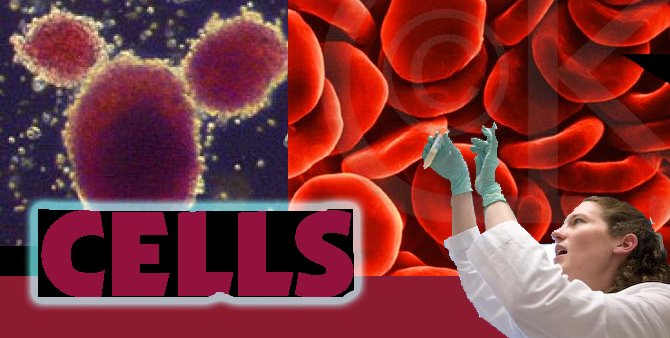Histology
The glands are enclosed in a capsule of connective tissue and internally divided into lobules. Blood vessels and nerves enter the glands at the hilum and gradually branch out into the lobules.
Ducts
In the duct system, the lumens formed by intercalated ducts, which in turn join to form striated ducts. These drain into ducts situated between the lobes of the gland (called interlobar ducts or excretory ducts).
All of the human salivary glands terminate in the mouth, where the saliva proceeds to aid in digestion. The saliva that salivary glands release is quickly inactivated in the stomach by the acid that is present there.
Anatomy

Parotid Glands
The parotid glands are a pair of glands located in the subcutaneous tissues of the face overlying the mandibular ramus and anterior and inferior to the external ear. The secretion produced by the parotid glands is serous in nature, and enters the oral cavity through the Stensen's duct after passing through the intercalated ducts which are prominent in the gland. Despite being the largest pair of glands, only approximately 25% of saliva is produced by the glands.Saliva contains a mixture of enzymes like salivary amylase(ptyalin), matase(trace amounts), lysozyme etc., salts and water. Saliva helps converting starch into maltose which is then converted patially to glucose by the maltase.
Submandibular Glands
The submandibular glands are a pair of glands located beneath the floor of the mouth, superior to the digastric muscles. The secretion produced is a mixture of both serous and mucous and enters the oral cavity via Wharton's ducts. Approximately 70% of saliva in the oral cavity is produced by the submandibular glands, even though they are much smaller than the parotid glands.
Sublingual Gland
The sublingual glands are a pair of glands located beneath the floor of the mouth anterior to the submandibular glands. The secretion produced is mainly mucous in nature, however it is categorized as a mixed gland. Unlike the other two major glands, the ductal system of the sublingual glands do not have striated ducts, and exit from 8-20 excretory ducts. Approximately 5% of saliva entering the oral cavity come from these glands.


